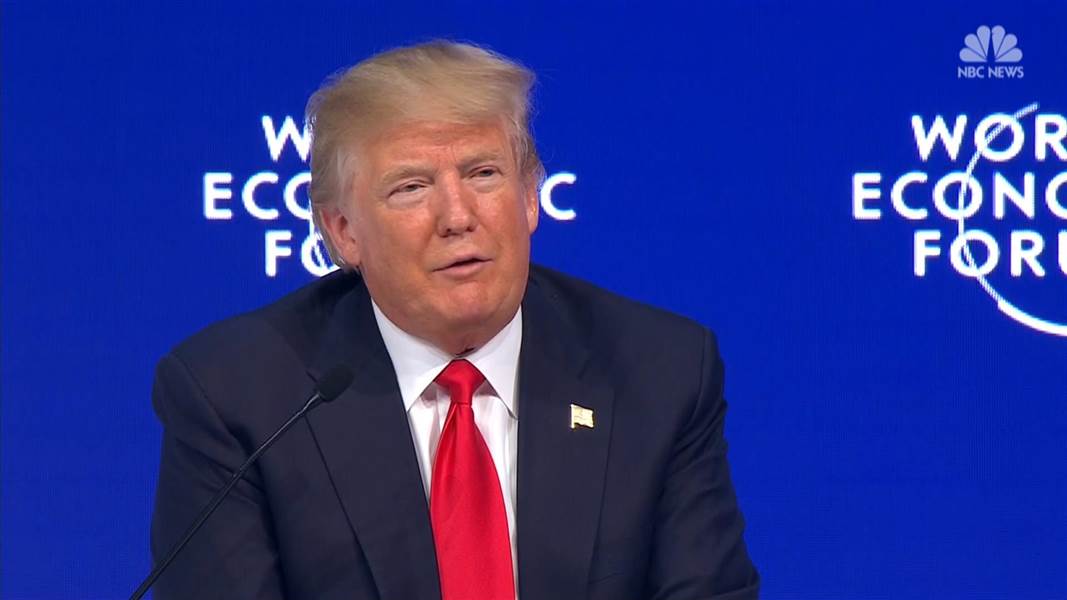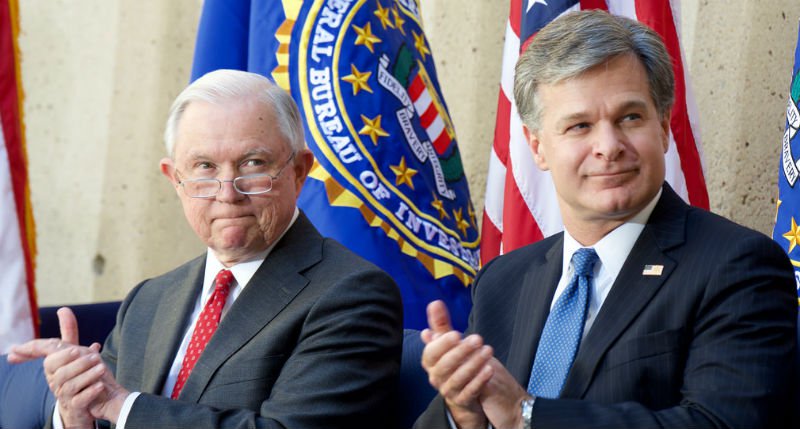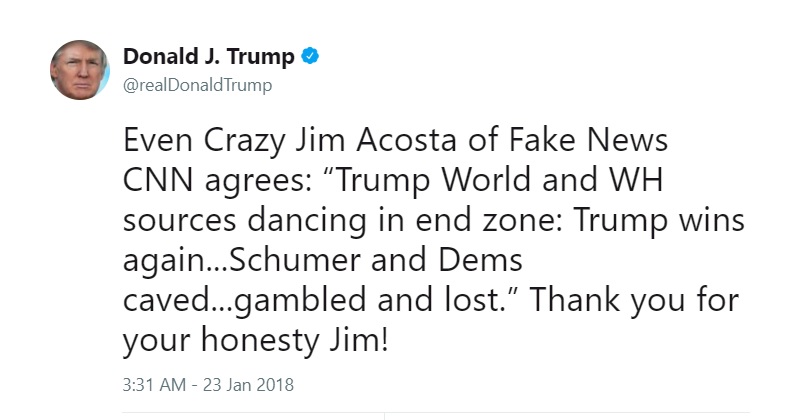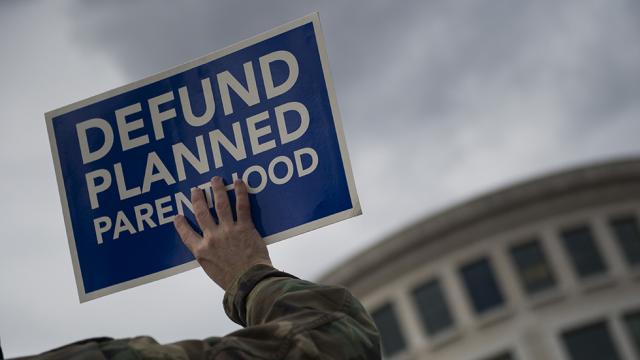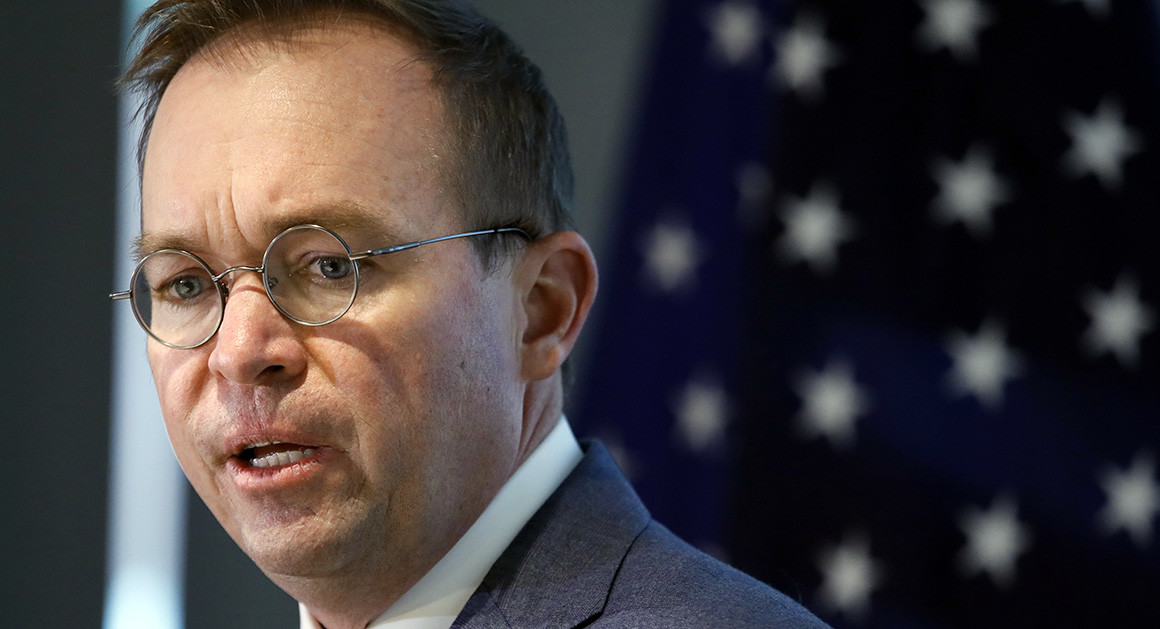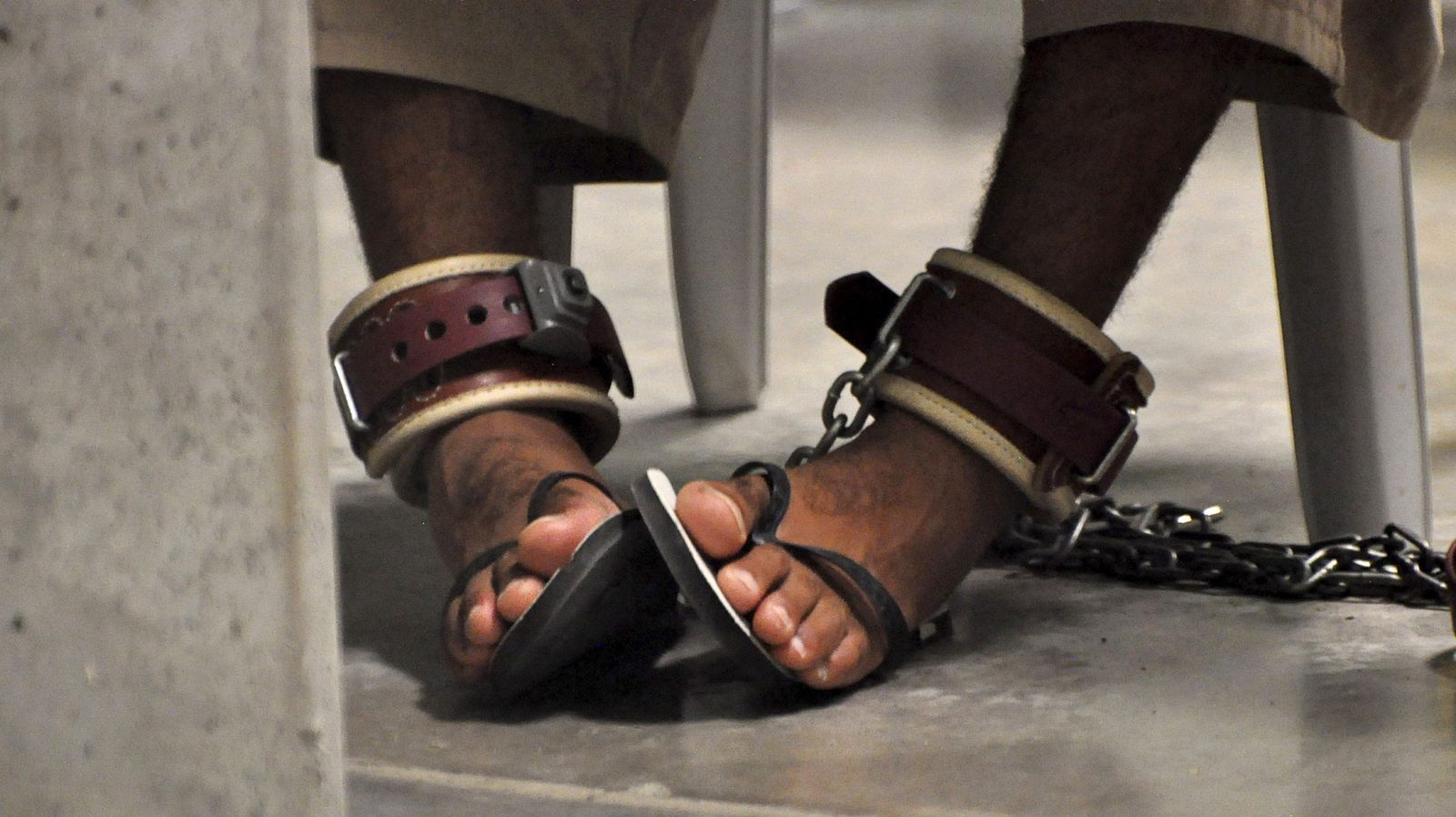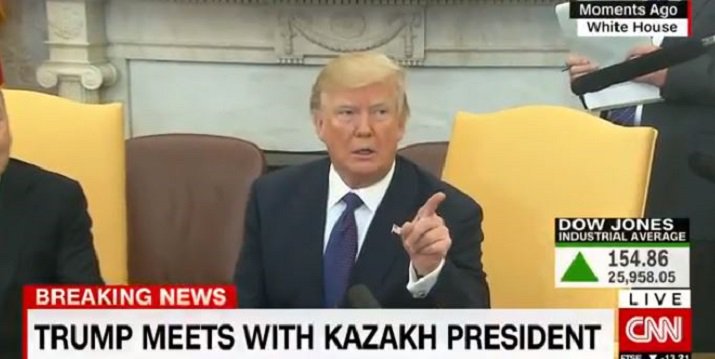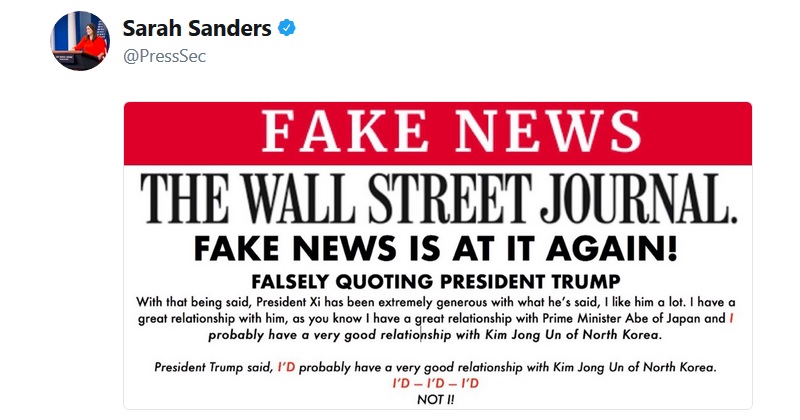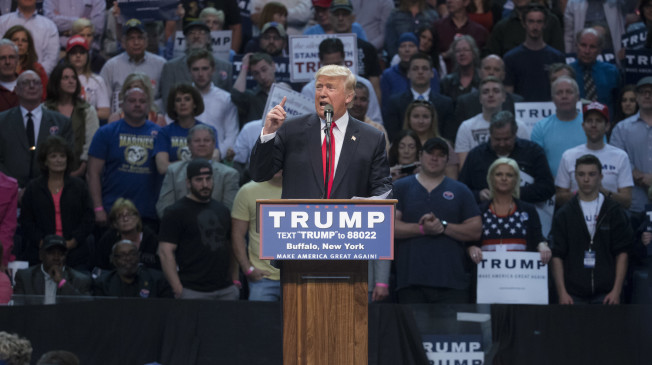The Trump administration announced Friday it is rescinding guidance from the Obama administration that made it harder for states to defund Planned Parenthood.
The guidance, issued in 2016, warned states that ending Medicaid funding for Planned Parenthood or other health-care providers that offer abortions could be against federal law.
The Obama administration argued Medicaid law only allowed states to bar providers from the program if those providers were unable to perform covered services or if they can’t bill for those services.
However, the Trump administration rescinded that guidance Friday in a letter to state Medicaid directors, arguing it was part of the Obama administration’s effort to favor abortion rights.
“Reinstating the pre-2016 standards frees up states to once again decide for themselves what reasonable standards they use to protect Medicaid programs and their beneficiaries,” Charmaine Yoest, assistant Health and Human Services secretary for public affairs, said in a press call with reporters Friday morning.
“This is part of the Trump administration’s effort to roll back regulations the Obama administration put out to radically favor abortion.”
Anti-abortion groups cheered the announcement Friday as another step toward defunding Planned Parenthood.
“President Trump and his administration have taken … an important step toward getting American taxpayers out of funding the abortion industry, especially Planned Parenthood,” said Marjorie Dannenfelser, president of the Susan B. Anthony List, an anti-abortion group in Washington, D.C.
She urged Congress to “finish what this pro-life administration has started” by defunding Planned Parenthood.
States such as Texas have tried to ban Planned Parenthood from its Medicaid programs but were blocked by the Obama administration.
While rescinding the guidance won’t automatically allow states to ban Planned Parenthood from their Medicaid programs, it signals that the administration supports such efforts.
Texas submitted a request to the Trump administration last year requesting permission to bar Planned Parenthood from its Medicaid program, but the administration has not yet responded.
Approval from the administration would likely spark similar efforts in other conservatives states but also would encourage legal challenges.
Planned Parenthood on Friday said rescinding the guidance would effectively encouraging states to block the organization from state Medicaid programs.
“They couldn’t get the votes to pass it in Congress, so now they are pushing states to try and block care at Planned Parenthood,” said Dawn Laguens, executive vice president for Planned Parenthood Action Fund.
“Without Planned Parenthood, many of our patients would lose access to health care altogether — either because there are no other providers in their community or because other clinics cannot serve all of our patients.”
he administration has already taken several actions in President Trump’s first year in office supporting its anti-abortion stance.
In April, Trump signed legislation that nullified an Obama-era rule that effectively barred state and local governments from withholding federal funding for family planning services to groups that provide abortions.
The announcement on Friday comes the same day as the March for Life, an annual march against abortion in Washington, D.C.
Trump is set to speak at the march live via video, the first president to do so.
Also set to speak at the event are House Speaker Paul Ryan (R-Wis.) and GOP Reps. Jaime Herrera Beutler (Wash.) and Chris Smith (N.J.)
[The Hill]
